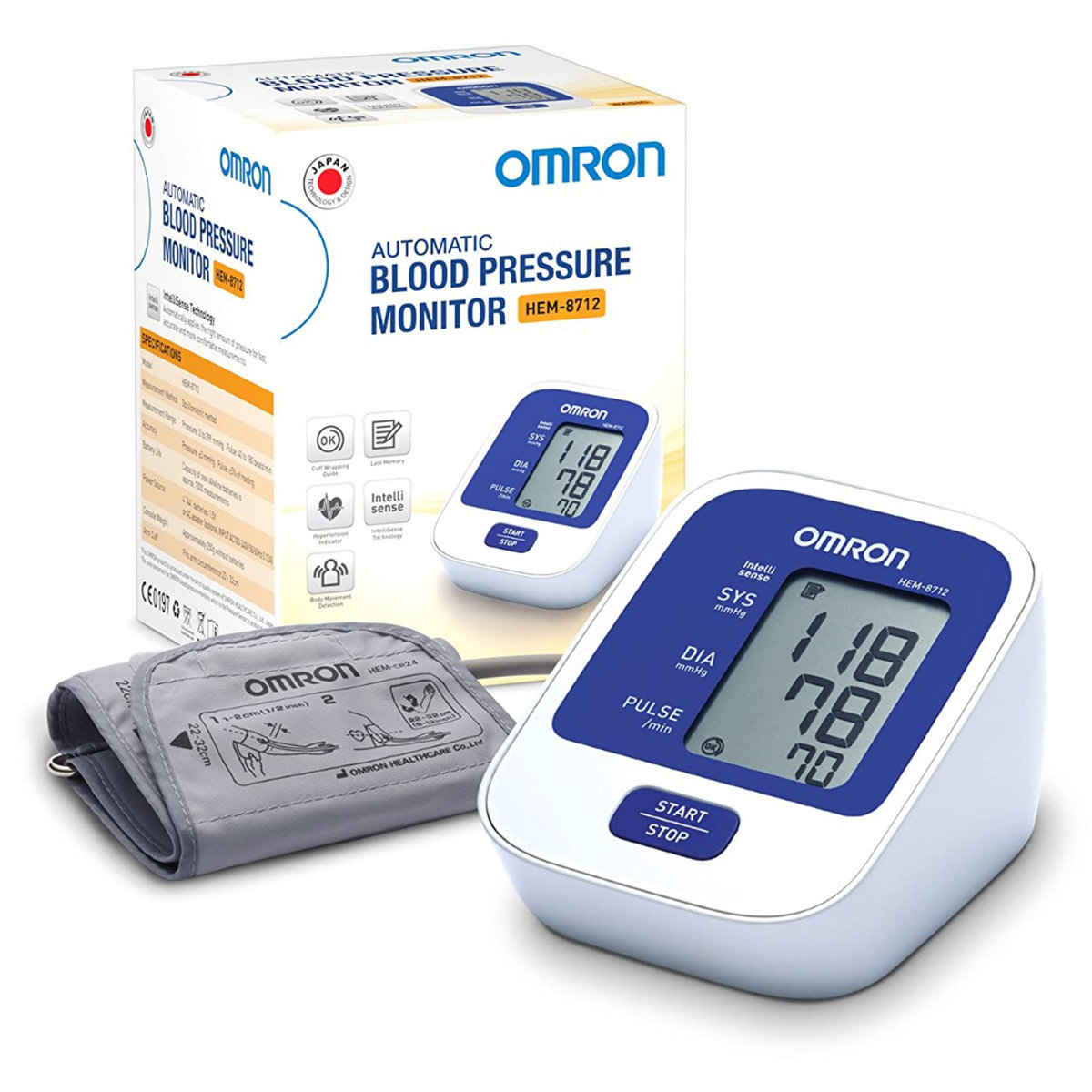Inohex 500Mg Tablet

MRP ₹93.6
(Inclusive of all Taxes)
₹14.0 Cashback (15%)
know your delivery time
Provide Delivery Location
Composition :
Manufacturer/Marketer :
Consume Type :
Expires on or after :
Return Policy :

Secure Payment

Trusted by 8 Crore Indians

Genuine Products
Therapeutic Class
Country of origin
Manufacturer/Marketer address
Author Details
We provide you with authentic, trustworthy and relevant information
Disclaimer
Alcohol
Safe if prescribed
Avoid consumption of alcohol while taking Inohex 500Mg Tablet as it may cause increased dizziness.
Pregnancy
Consult your doctor
Please consult your doctor if you have any concerns regarding this; your doctor will prescribe only if the benefits outweigh the risks.
Breast Feeding
Consult your doctor
Consult your doctor before taking Inohex 500Mg Tablet ; your doctor will decide whether Inohex 500Mg Tablet can be taken by breastfeeding mothers or not.
Driving
Safe if prescribed
Inohex 500Mg Tablet may cause dizziness. Do not drive or operate machinery unless you are alert.
Liver
Consult your doctor
Inohex 500Mg Tablet should not be used in patients with liver disease. Please consult your doctor if you have a liver impairment or any concerns regarding this.
Kidney
Consult your doctor
Inohex 500Mg Tablet should not be used in patients with kidney disease. Please consult your doctor if you have kidney impairment or any concerns regarding this.
Children
Safe if prescribed
Inohex 500Mg Tablet should not be given to children unless prescribed by the doctor.
Product Substitutes
About Inohex 500Mg Tablet
Inohex 500Mg Tablet belongs to a group of medicines called vasodilators indicated for managing peripheral vascular disease. Additionally, Inohex 500Mg Tablet may also be used to treat intermittent claudication, stasis dermatitis, Raynaud’s disease and cerebral vascular disease. Peripheral vascular disease is a blood circulation disorder that causes the blood vessels outside the brain and heart to narrow and block. The narrowed blood vessels cause reduced blood flow.
Inohex 500Mg Tablet contains ‘Inositol nicotinate’ that dilates the blood vessels and improves blood circulation by releasing histamine and breaks up the protein required for blood clotting. Inohex 500Mg Tablet lowers the cholesterol and triglyceride levels, thereby preventing the formation of lipids.
You are advised to take Inohex 500Mg Tablet for as long as your doctor has prescribed it for you, depending on your medical condition. In some cases, you may experience certain common side effects such as nausea, vomiting, diarrhoea, stomach upset, and flatulence. Most of these side effects do not require medical attention and will resolve gradually over time. However, you are advised to talk to your doctor if you experience these side effects persistently.
Consult your doctor if you are pregnant or breastfeeding. Inohex 500Mg Tablet may cause dizziness, so drive only if you are alert. Inohex 500Mg Tablet should be given to children only if prescribed by the doctor. Avoid consuming alcohol with Inohex 500Mg Tablet as it could lead to increased dizziness and liver problems. Keep your doctor informed about your health condition and medicines to rule out any side effects/interactions.
Uses of Inohex 500Mg Tablet
Medicinal Benefits Mweb
Key Benefits
Inohex 500Mg Tablet belongs to a group of medicines called vasodilators indicated for the management of peripheral vascular disease. Inohex 500Mg Tablet dilates the blood vessels and improves blood circulation by releasing histamine and breaks-up the protein required for blood clotting. Inohex 500Mg Tablet lowers the cholesterol and triglyceride levels, thereby preventing the formation of lipids. Inohex 500Mg Tablet may also be used to treat intermittent claudication, stasis dermatitis, Raynaud’s disease, and cerebral vascular disease.
Directions for Use
Side Effects of Inohex 500Mg Tablet
- Nausea
- Vomiting
- Diarrhoea
- Stomach upset
- Flatulence
Drug Warnings
Do not take Inohex 500Mg Tablet if you are allergic to any of its components. Inform your doctor if you have a bleeding disorder, diabetes, high blood pressure, heart disease, gall bladder disease, gout, low blood pressure, stomach ulcers, liver or kidney problems. Consult your doctor if you are pregnant or breastfeeding. Inohex 500Mg Tablet may cause dizziness, so drive only if you are alert. Inohex 500Mg Tablet should be given to children only if prescribed by the doctor. Avoid consuming alcohol with Inohex 500Mg Tablet as it could lead to increased dizziness and liver problems.
Drug-Drug Interactions
Drug-Drug Interactions
Login/Sign Up
Drug-Food Interactions
Drug-Food Interactions
Login/Sign Up
Drug-Diseases Interactions
Drug-Diseases Interactions
Login/Sign Up
Drug-Drug Interactions Checker List
- CLOPIDOGREL
- HEPARIN
- WARFARIN
- DALTEPARIN
- ENOXAPARIN
- ASPIRIN
- ATORVASTATIN
- SIMVASTATIN
- LOVASTATIN
- PRAVASTATIN
- GLIMEPIRIDE
- INSULIN
- GLIPIZIDE
- PIOGLITAZONE
Habit Forming
Special Advise
- Inohex 500Mg Tablet should be stopped 2weeks prior to any surgery as it might slow down blood clotting. In case you are due to have any surgery, inform the surgeon that you are taking Inohex 500Mg Tablet .
- Regular blood tests are advised while taking Inohex 500Mg Tablet .
Diet & Lifestyle Advise
- Exercising regularly helps in improving overall health. Take a break between exercises if you feel uneasy. Finding the right exercise is the key.
- Rest well, get plenty of sleep.
- Take proper care of your legs and feet.
- Wear shoes that fit you well.
- Check your feet daily for any cracks or sores.
- Try to stay warm. Avoid cold temperatures.
- Avoid smoking and alcohol consumption.
- Meditation and yoga can help lower stress, decrease pain sensitivity and improves coping skills.
- Acupuncture can be helpful by stimulating pressure points.
- Using essential oils for massages can help increase circulation.
All Substitutes & Brand Comparisons
RX
Out of StockHexolip 500 Tablet 10's
J B Chemicals & Pharmaceuticals Ltd
₹81.11
(₹7.3 per unit)
13% CHEAPERRX
Out of StockIno-HDL 500 Tablet 10's
Epione Pharmaceuticals Pvt Ltd
₹150
(₹15.0 per unit)
78% COSTLIER

Have a query?
Buy best Vascular System products by
Emcure Pharmaceuticals Ltd
Intas Pharmaceuticals Ltd
Lupin Ltd
Ozone Pharmaceuticals Ltd
Sun Pharmaceutical Industries Ltd
Cipla Ltd
Leeford Healthcare Ltd
Mercury Laboratories Ltd
Torrent Pharmaceuticals Ltd
FDC Ltd
Macleods Pharmaceuticals Ltd
Akumentis Healthcare Ltd
Dr Reddy's Laboratories Ltd
Indoco Remedies Ltd
Mankind Pharma Pvt Ltd
Oaknet Healthcare Pvt Ltd
Reliance Formulation Pvt Ltd
Samarth Life Sciences Pvt Ltd
Walter Bushnell
Wanbury Ltd
Abbott India Ltd
Eris Life Sciences Ltd
Galcare Pharmaceuticals Pvt Ltd
Juggat Pharma Ltd
Knoll Pharmaceuticals Ltd
Kontest Pharmaceuticals
Saf Fermion Ltd
Serdia Pharmaceuticals India Pvt Ltd
Systopic Laboratories Pvt Ltd
Themis Chemicals Ltd
Akcent Healthcare India Pvt Ltd
Alembic Pharmaceuticals Ltd
Amelia Healthcare Pvt Ltd
Canixa Life Sciences Pvt Ltd
East West Pharma India Pvt Ltd
German Remedies Ltd
Glenmark Pharmaceuticals Ltd
Ipca Laboratories Ltd
La Pristine Bioceuticals Pvt Ltd
Morepen Laboratories Ltd
Nexgen Rx Life Science Pvt Ltd
Pfizer Ltd
Rapross Pharmaceuticals Pvt Ltd
Sumac Pharma Pvt Ltd
Theia Health Care Pvt Ltd
Themis Medicare Ltd
Themis Pharmaceutical Ltd
4Care Lifesciences Pvt Ltd
Aar Ess Remedies Pvt Ltd
Aarux Pharmaceuticals Pvt Ltd
Alna Biotech Pvt Ltd
Aphia Healthcare
Aristo Pharmaceuticals Pvt Ltd
Baxter India Pvt Ltd
Bennet Pharmaceuticals Ltd
Bharat Serums and Vaccines Ltd
Biosys Pharmaceuticals Ltd
Bros Enterprises Ltd
Celebrity Biopharma Ltd
Chemo Healthcare Pvt Ltd
Cibeles Pharmaceuticals Pvt Ltd
Comed Chemicals Ltd
Conatus Healthcare Pvt Ltd
Cresha Lifesciences
Cute Care Life Sciences Pvt Ltd
Elbrit Life Sciences Pvt Ltd
Euro Biogenics
Icon Life Sciences
J B Chemicals & Pharmaceuticals Ltd
Kee Pharma Ltd
Kemiq Lifesciences Pvt Ltd
Kivi Labs Ltd
Lincoln Pharmaceuticals Ltd
Medchronic Health Care
Medgen Drugs And Laboratories Pvt Ltd
Megma Healthcare Pvt Ltd
Novartis India Ltd
Olcare Laboratories Pvt Ltd
Ornate Labs Pvt Ltd
Q Check Pharmaceuticals
Saan Labs
Stadmed Pvt Ltd
Std Pharmaceuticals Pvt Ltd
Zydus Cadila
3G Life Sciences
Accent Pharmaceuticals & Diagnostics
Adroit Biomed Ltd
Aishwarya Healthcare
Ajanta Pharma Ltd
Akesiss Pharma Pvt Ltd
Albert David Ltd
Algen Healthcare Ltd
Amazone Pharmaceuticals Pvt Ltd
Amstel Pharma Pvt Ltd
Anhox Healthcare Pvt Ltd
Apios Lifesciences Pvt Ltd
Args India Pharma Pvt Ltd
Ark Life Science Pvt Ltd
Arvincare
Aztomax Biotech
Frequently Bought Together
₹176
MRP ₹195.5
10% off
1
+₹2100.6
MRP ₹2334
10% off
1
+
_0.jpg?tr=q-85)




